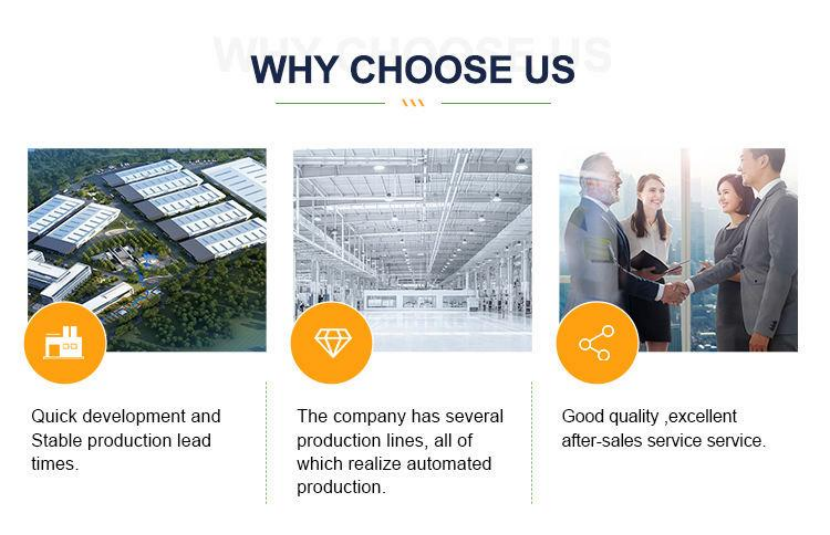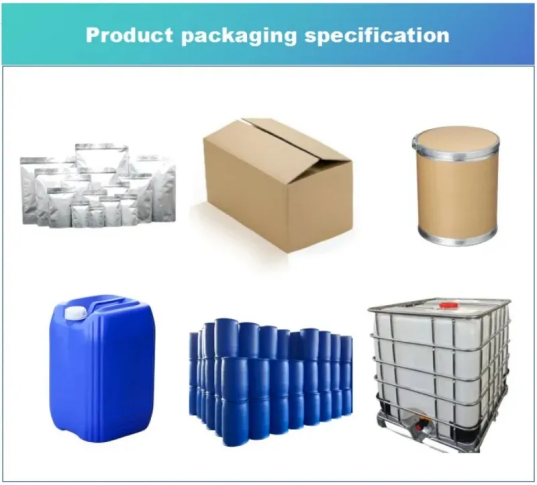Overview Of Glycerol Monolaurate
Glycerol monolaurate, or GML, is a naturally occurring medium-chain fatty acid monoglyceride in breast milk and coconut oil. It has a broad-spectrum and efficient antibacterial ability, which can act through the glycoproteins on the phospholipid bilayer of the cell wall and cell membrane, thereby affecting multiple signal transduction pathways of bacteria and inhibiting the secretion of exotoxins and the formation of biofilms. In addition, GML has a good inhibitory effect on most Gram-positive bacteria with cell walls mainly composed of peptidoglycans (such as Staphylococcus aureus, Listeria monocytogenes, etc.) and some Gram-negative bacteria with cell walls rich in lipopolysaccharides (such as Helicobacter pylori, Campylobacter jejuni, and Haemophilus). Due to the presence of both hydrophilic and oleophilic groups in the structure of GML, it is an ester-friendly non-ionic surfactant.

Glycerol monolaurate
Technical Parameter Of Glycerol Monolaurate
Product name | Short name | HLB | Appearance |
Glycerol monolaurate | GML | 5.2 | Milky white powder or granular solid |
Applications Of Glycerol Monolaurate
Food industry: GML is an excellent food emulsifier and preservative that can be used to process and preserve various foods. It can effectively extend food's shelf life, preventing food spoilage and spoilage. Due to its natural, safe, and efficient characteristics, GML has been widely used in the food industry.


Applications of Glycerol Monolaurate
Feed additive: GML is also used as a feed additive to improve the quality of live pig pork or the growth performance of fattening pigs. Adding GML to feed can promote animal growth and development, improve feed utilization, and reduce feed costs.GML has a broad-spectrum and efficient antibacterial ability in medicine, which can be used to treat and prevent diseases caused by bacterial infections. In addition, GML can also be used to make some topical drugs and cosmetics, with anti-inflammatory, bactericidal, moisturizing, and other effects.
Agriculture: GML can also be used in agriculture as a plant protectant. It can effectively prevent and control plant diseases caused by bacteria and improve crop yield and quality.

NANOTRUN(www.rboschco.com) is a trusted global chemical material supplier & manufacturer with over 12-year-experience in providing super high-quality chemicals and nanomaterials, including boride powder, nitride powder, graphite powder, sulfide powder, 3D printing powder, etc.
The company has a professional technical department and Quality Supervision Department, a well-equipped laboratory, and equipped with advanced testing equipment and after-sales customer service center.
If you are looking for high-quality Glycerol Monolaurate , please feel free to contact us or click on the needed products to send an inquiry.
L/C, T/T, Western Union, Paypal, Credit Card etc.

Shipment Term
By sea, by air, by express, as customers request.
Storage Conditions
1) Store in a dry environment at room temperature.
2) Avoid damp and high temperature.
3) Use immediately after opening the inner packing bag.

How does GML affect human health?
Answer: GML, a naturally occurring ingredient in breast milk, benefits human health. It can enhance immunity, promote intestinal health, improve skin condition, etc. Meanwhile, due to its broad-spectrum antibacterial ability, GML can also help prevent some diseases caused by bacterial infections.
What is GML?
Answer: GML is a naturally occurring medium-chain fatty acid monoglyceride found in breast milk and coconut oil, with broad-spectrum antibacterial and antibacterial properties.
What are the application areas of GML?
Answer: GML is used as an emulsifier and preservative in the food industry, which can extend the shelf life of food. In feed additives, it can improve the growth performance of animals. In the pharmaceutical field, GML can be used for the treatment and prevention of bacterial infections. In the agricultural field, GML can be used as a plant protectant.
Is GML safe?
Answer: GML has been approved by the US Food and Drug Administration (FDA) and the Chinese Ministry of Health as a Generally Recognized Safety (GRAS) food emulsifier, which can be widely used in food without any dosage restrictions.
What is the antibacterial mechanism of GML?
Answer: GML can interact with glycoproteins on the phospholipid bilayer of the cell wall and membrane, affecting multiple signaling pathways in bacteria, thereby inhibiting the secretion of exotoxins and the formation of biofilms.
What bacteria does GML have inhibitory effects on?
Answer: GML has a good inhibitory effect on most Gram-positive bacteria (such as Staphylococcus aureus, Listeria monocytogenes, etc.) and some Gram-negative bacteria (such as Helicobacter pylori, Campylobacter jejuni, and Haemophilus).
How to prepare GML?
Answer: An esterification reaction between lauric acid and glycerol usually synthesizes GML. Inorganic acid catalysts and high-temperature reactions are commonly used in industry, but the content of monoesters may only be 40-50%. New catalysts or reaction conditions can be used to improve monoesters' selectivity and yield.
What are the other uses of GML?
Answer: In addition to the abovementioned application, GML has also been studied for promoting the growth performance of ornamental fish, regulating gut microbiome, and affecting liver proteomics and skeletal phenotypes.
| Other Names | Monoglycerin laurate; Monotriglyceride dodecyl; 2, 3-dihydroxypropanol dodecyl ester |
| CAS No. | 142-18-7 |
| Compound Formula | C15H30O4 |
| Molecular Weight | N/A |
| Appearance | Milky white powder or granular solid |
| Melting Point | N/A |
| Boiling Point | N/A |
| Density | N/A |
| Solubility in H2O | N/A |
| Exact Mass | N/A |
| Glycerol monolaurate Health & Safety Information | |
| Signal Word | N/A |
| Hazard Statements | N/A |
| Hazard Codes | N/A |
| Risk Codes | N/A |
| Safety Statements | N/A |
| Transport Information | N/A |




